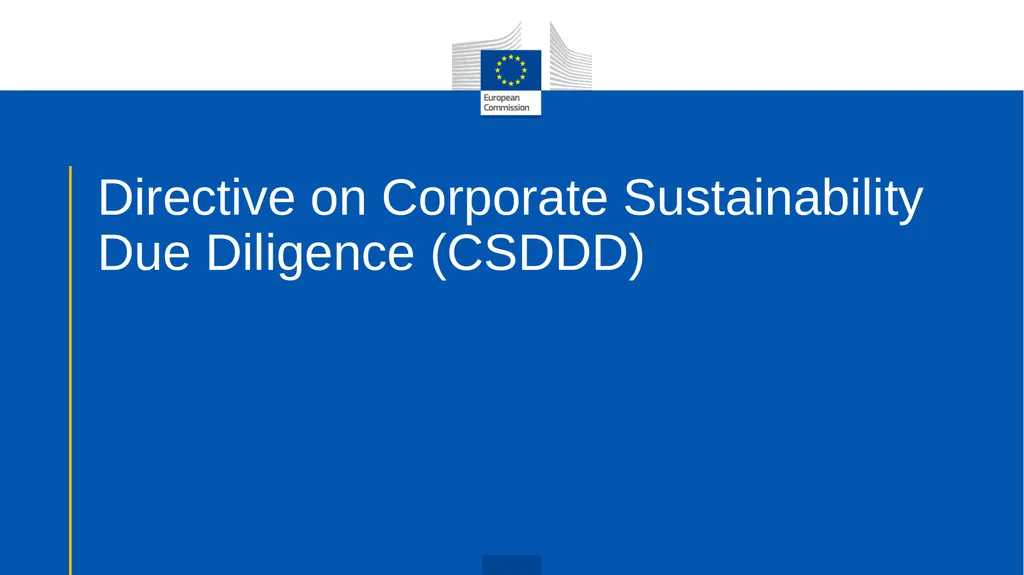
Directive on Corporate Sustainability Due
Author: min-jolicoeur | Published: 2025-05-28
Description: Directive on Corporate Sustainability Due Diligence (CSDDD) Duty for companies in scope to identify and address potential and actual adverse human rights and environmental impacts in their own operations, those of their subsidiaries and,
Download Presentation
Download the PPT/PDF: Download
Transcript:
Loading transcript…